Last weekend, I went to the Geffen Contemporary at MOCA (Museum of Contemporary Art) to take a look at one of its current exhibitions called Art in the Streets.
This exhibition is the major U.S. museum survey of graffiti and street art. Now, you can ask why in the world somebody wants to go to a museum to see graffiti. First, we are not talking about the nonsense and pathetic scribbles that are aimed to mutilate objects. Second, what started as an undesirable act has evolved over time to a global movement where a great number of current issues are exposed by a unique visual language.
The exhibition concentrates on key graffiti hot spots like New York, Los Angeles, San Francisco, London, and Sao Paulo. These cities have unique styles and representations of several movements.
My initial reaction while entering the museum space was the following: wow!! This definitely was not a typical art exhibition.
Why Art in the Streets rocks?
- You do really learn about graffiti and street art. There is a second floor with an illustrated timeline that gives you a whole course on how this type of artwork has evolved with time (even a graffiti artist designed a famous poster portraying Barack Obama. The poster was heavily used during Obama’s presidential campaign).
- The exhibition space is extensive and airy. You don’t feel like other visitors are all over you.
- The range of graffiti styles presented was wide. You get an understanding of why these styles are now considered art. The creativity of these artists is unbelievable (look at the pictures below).
- You learn how the designs are not limited to walls. There are great examples of graffiti in cars (believe it or not). There were also examples of scribbled mailboxes and even trees.
- There are also sculptures and interactive installations.
- You are allowed to take as many pictures as you want. This is not necessarily true in other museums or exhibitions. This fact makes me believe the curator does not want to restrict the distribution of what is exposed since the presented designs are supposed to be admired in the streets.
- There are works of 50 artists.
- Some corners of the exhibition recreate the areas where graffiti is commonly found. I am talking about dark alleys, abandoned structures, and funky neighborhoods. They did a good job since I didn’t feel like passing by some of the dark alleys. They looked so scary.
- Some works expose social and cultural issues.
- These artists have a sophisticated sense of humor. You have to pay close attention to the paintings in order to understand how the artist is ridiculing some behaviors (or defying the authorities).
- One of the artists (Bansky), offered to pay the price of admission for people visiting Monday afternoons (the exhibition is temporal). Another sign of how some of the most talented brains in this movement want everybody to have access to this type of work.
- Loved how people of all ages were enjoying every second of the exhibition.
Don’t forget to take a look at some of the fantastic pictures I took. It was hard to decide which ones to post.
Have you seen an exhibition like Art in the Streets? Or have you seen another uncommon but equally cool exhibition? Tell me about it in the comments section below.

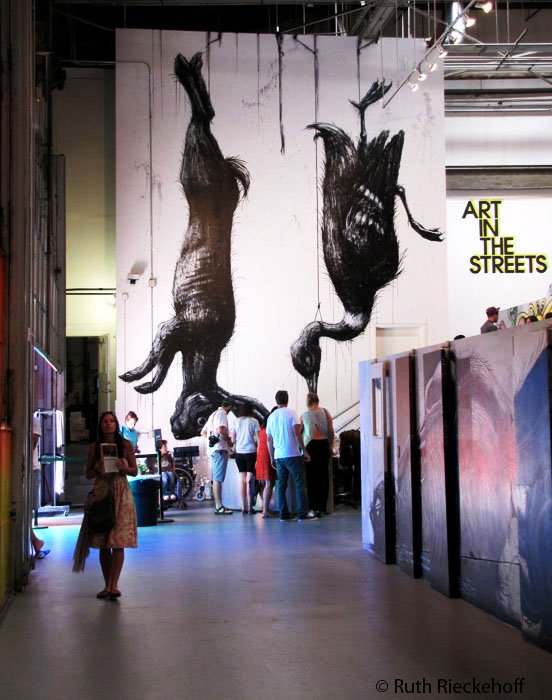




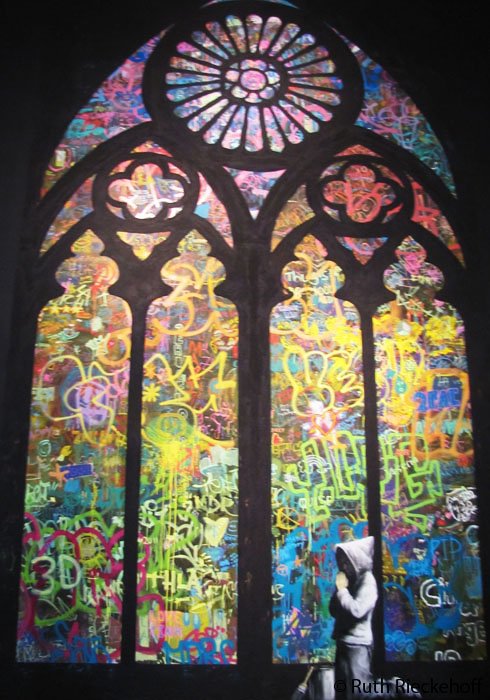
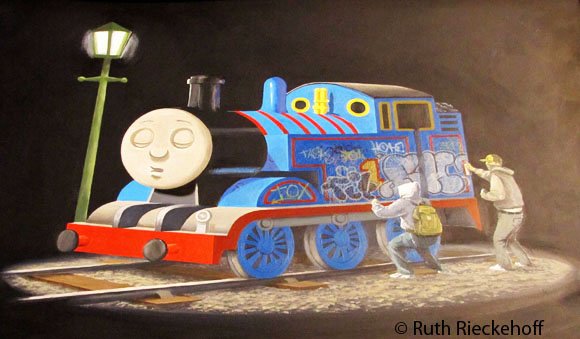

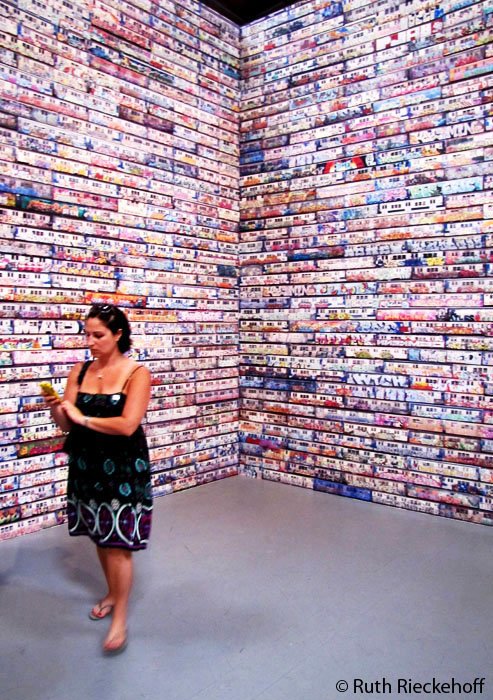





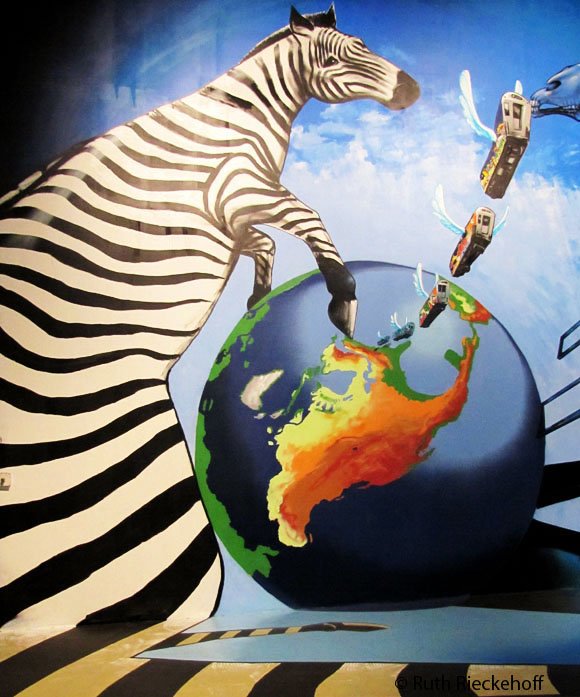

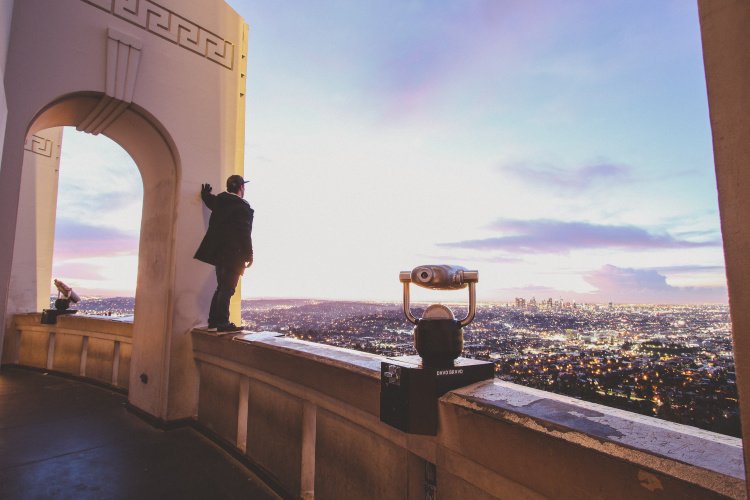



inka says
Fabulous Ruth. Thanks for sharing. I ca’nt get enough of street art.
Christopher says
The graffiti-stained window and the praying kid is my favorite.
Stephanie - The Travel Chica says
I have never seen a graffiti art exhibition, but I am really enjoying the graffiti art I see all over the streets of my current home in Buenos Aires, Argentina and previously in Bogota, Colombia.
Jeremy Branham says
Some of this is really interesting! Most of the street art I see is graffiti but nice to see a more creative, artistic approach to it!
Rease says
I love good graffiti art. Buenos Aires has tours dedicated to the best stuff.
gennypatrimonio says
Omg! THis is really awesome! wonderful! magnificent! <3 Very Interesting! Thank you for sharing this, it gave me loads of ideas, Ruth!
Lisa says
I would love to see this, though some of it was overwhelming. The only one I didn’t like much was the church window.